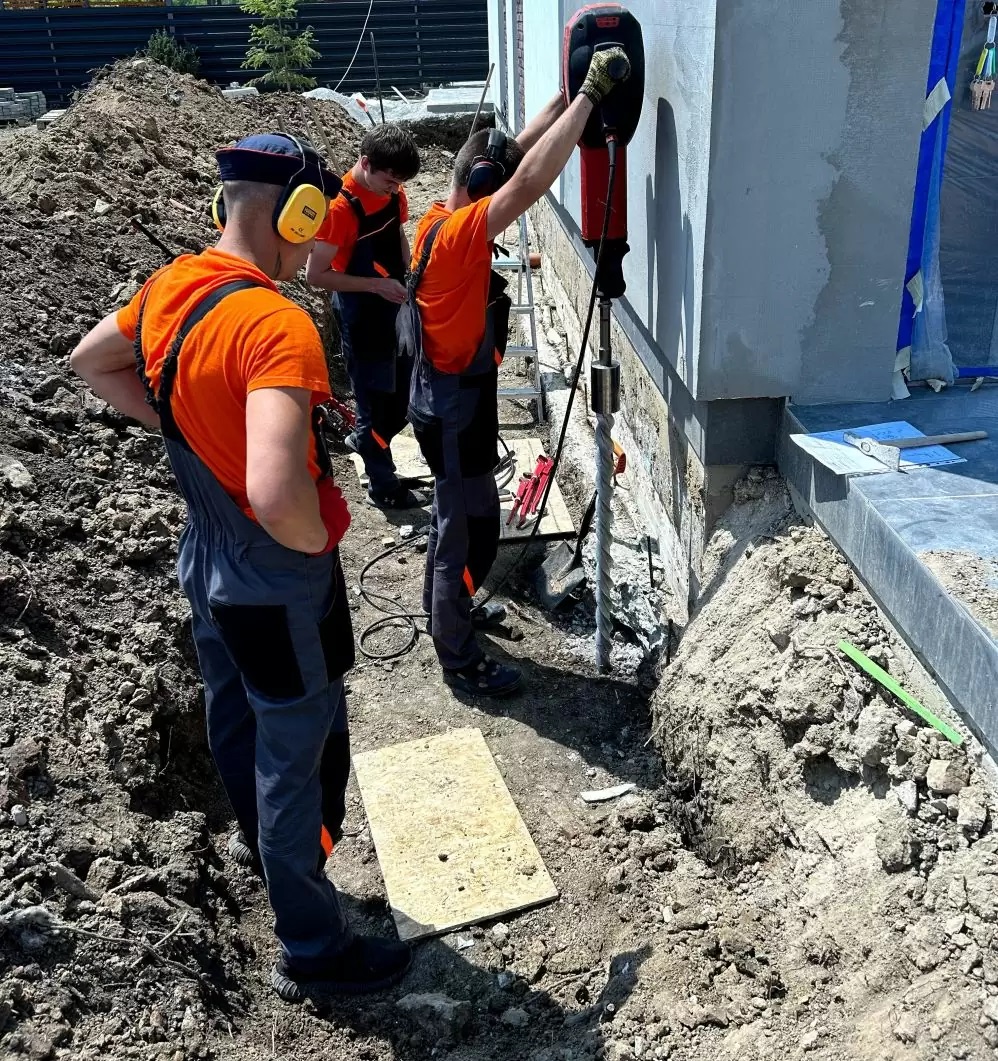
Often, cracks appear in walls due to problems related to subsidence or uneven subsidence of the building. Let's take a closer look.
Moving clay soils
Loss of moisture (drying) of clay soils causes a decrease in volume - "shrinkage". As the base compresses, the support for the foundation decreases and weakens, causing subsidence.
Moisture loss can be caused by evaporation during warm dry periods or moisture uptake by trees and vegetation.
The reduction in volume can be permanent or temporary (for example, seasonal). In the opposite situation, there is an increase in the soil in a volume greater than the original, which is called "smoking". This happens, on the contrary, in a wet period or during frosts, when water, freezing, destructures the soil and expands, turning into ice.
Washes and base washes
The soil under the foundation can be washed (removed) by groundwater, which has the peculiarity of seasonal fluctuation of its level. Thereby creating the effect of flowing water and eroding the base.
Loose soils are also at risk
Common causes: broken and leaking drains, culverts located too close to the property, and inadequate drainage of groundwater from sloping sites
Shallow foundations (shallow foundations)
Shallow foundations, being in the zone most prone to deformations, are more susceptible to the influence of seasonal changes in humidity and their consequences.
Overloading structures
Consolidation (compaction) of soil under the additional weight of a new structure or new loads can take several years. Different soils on the site can lead to different rates of sedimentation, which leads to differentiated uneven movement of the foundation and structures.
Concentrated loads
The load on the structure may locally exceed the bearing capacity of the base soil. Some building structures have the initial property of load concentration. Structural changes can change the structure of loads and increase them, which leads to a concentration of stresses that exceed the initial capabilities of the foundation. While spiral ties can be used to repair, stabilize and strengthen walls, the cause of the problem (i.e. subsidence) must be addressed to prevent cracks from reoccurring.
Possible solutions and their features:
Earthworks and risks of new subsidence
- Increased deadlines - due to the work with grippers, it is impossible to work in parallel and therefore you have to wait until the concrete sets and gains strength
- The need for a large number of working personnel and third-party participants
- Dangerous and unprofitable if the problem is focused in deep bearing layers
- Dirt, garbage, waste disposal
Traditional piles
- Access problems for large equipment - large drilling rigs are difficult to transport and difficult to maneuver in confined conditions, not to mention the destruction they cause when moving
- The project may require additional changes to other parts of the building or structure
- Adverse effect on the structure with concentrated vibrations
- Additional costs for waste disposal, noise and clutter problems on the site
- Separate and expensive testing process to verify achievement
Why the most profitable combination of Stati-Pile and Stati-Bar technologies?
Using Stati-Bar reinforcement methods in a Stati-Pile micropile project allows you to maximize the synergistic effect, reducing the number of piles and installation time. This provides a cost-effective solution for stabilization and repair. Stati-Bar is used to create a conditional beam to collect the load between the piles, allowing the distance between the piles to be increased to reduce the cost and time of the project as a result. Stati-Cal engineers evaluate each situation individually and design a solution based on the damage and loads of the property, as well as local soil conditions. Fully trained in-house technical staff work quickly and professionally with a complex of systems.



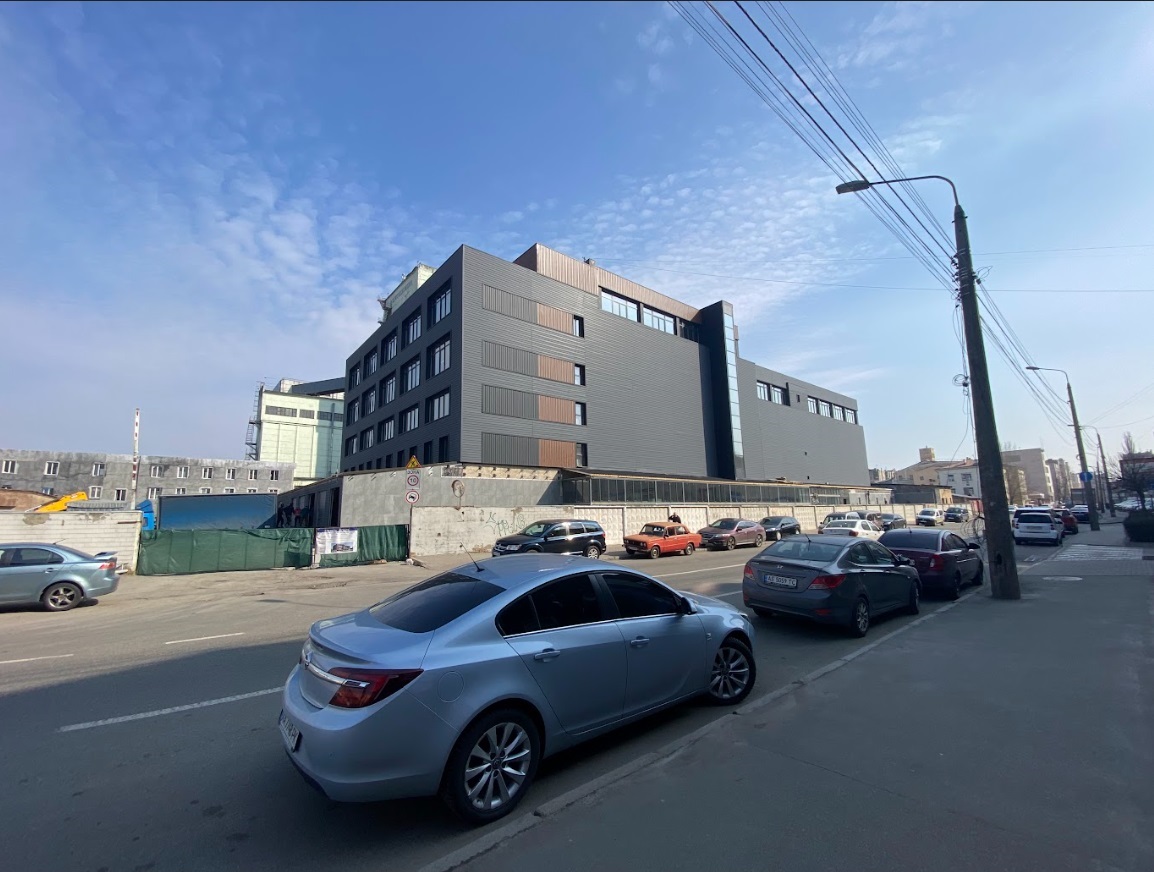
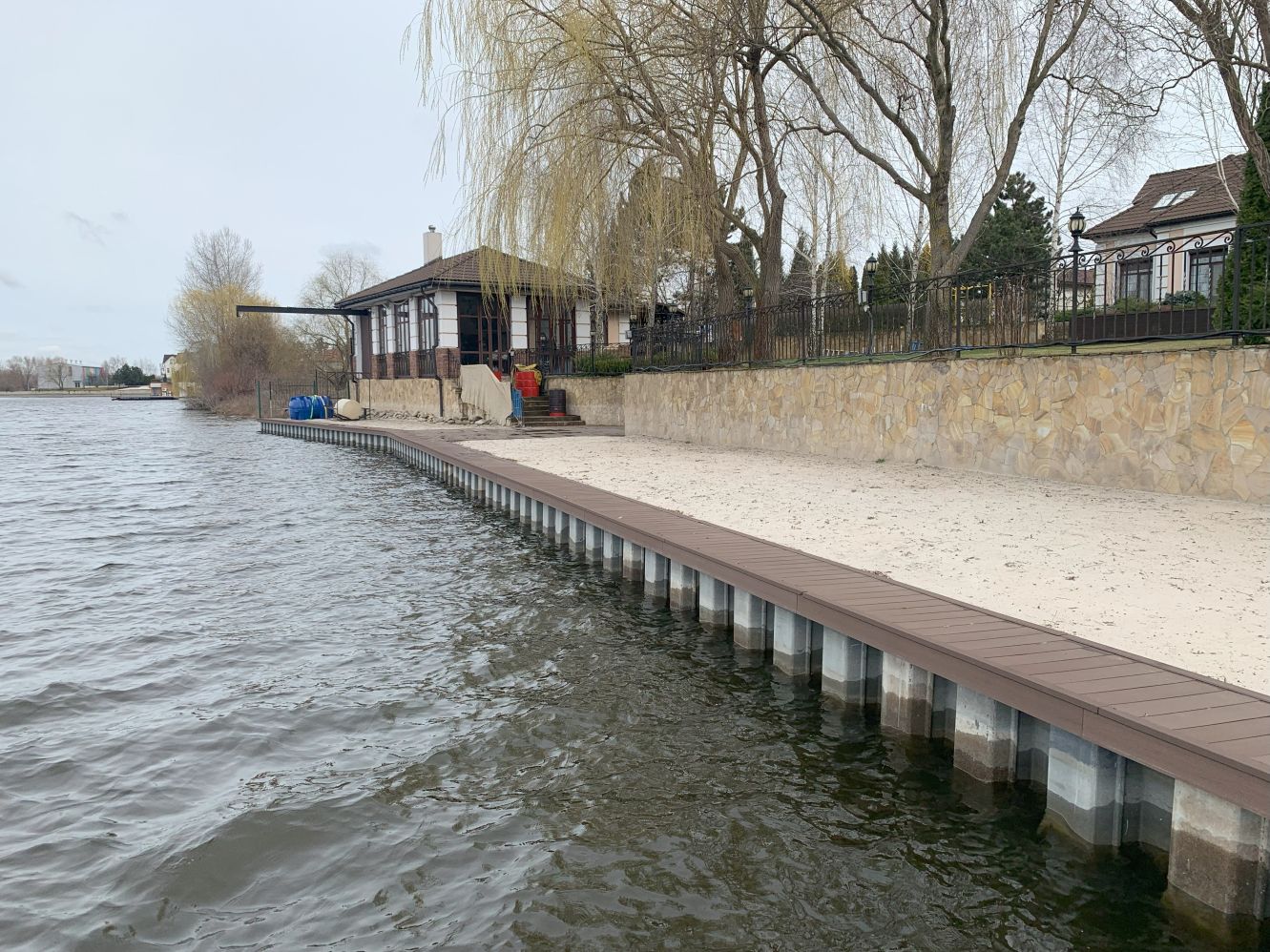
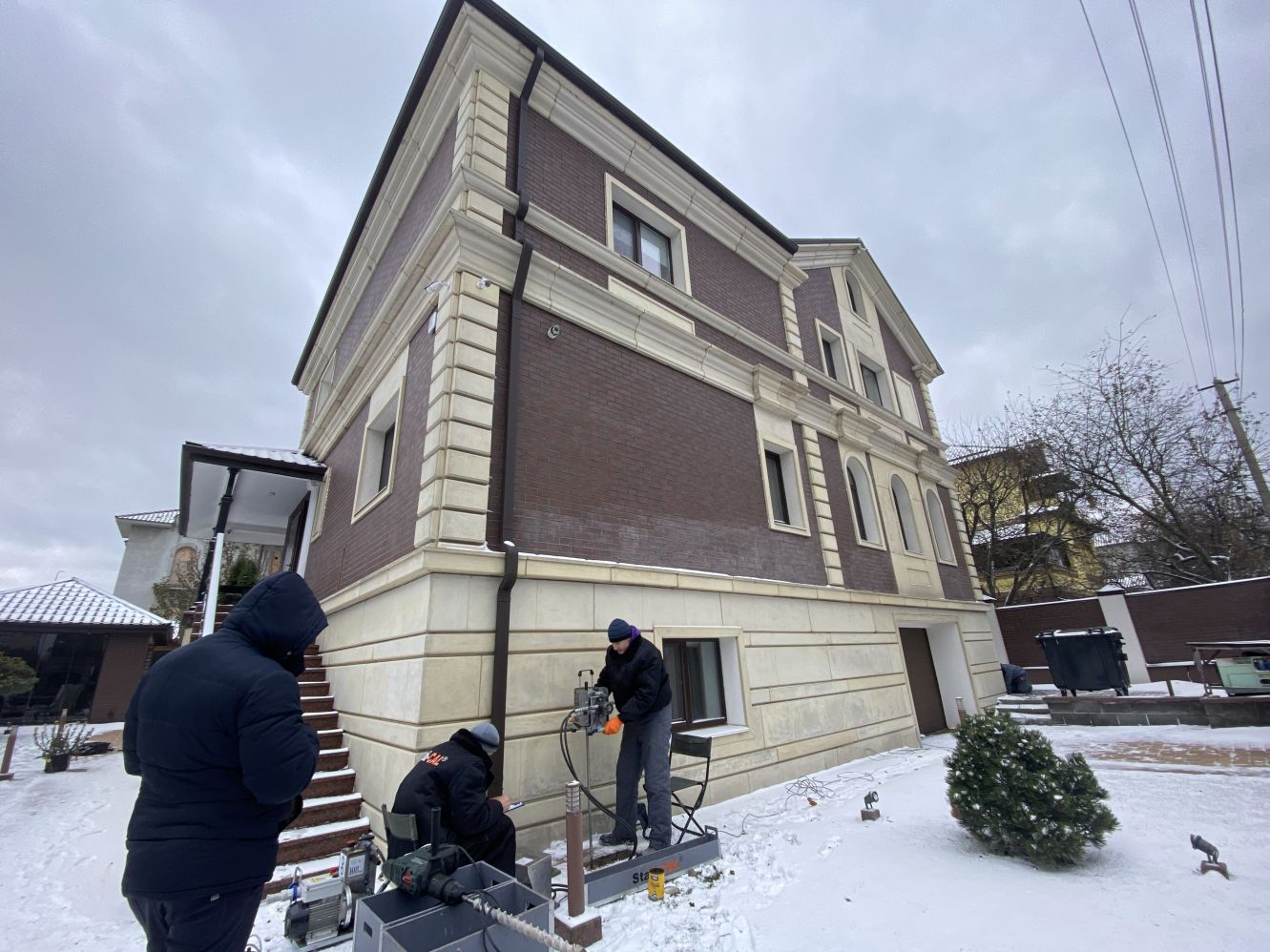
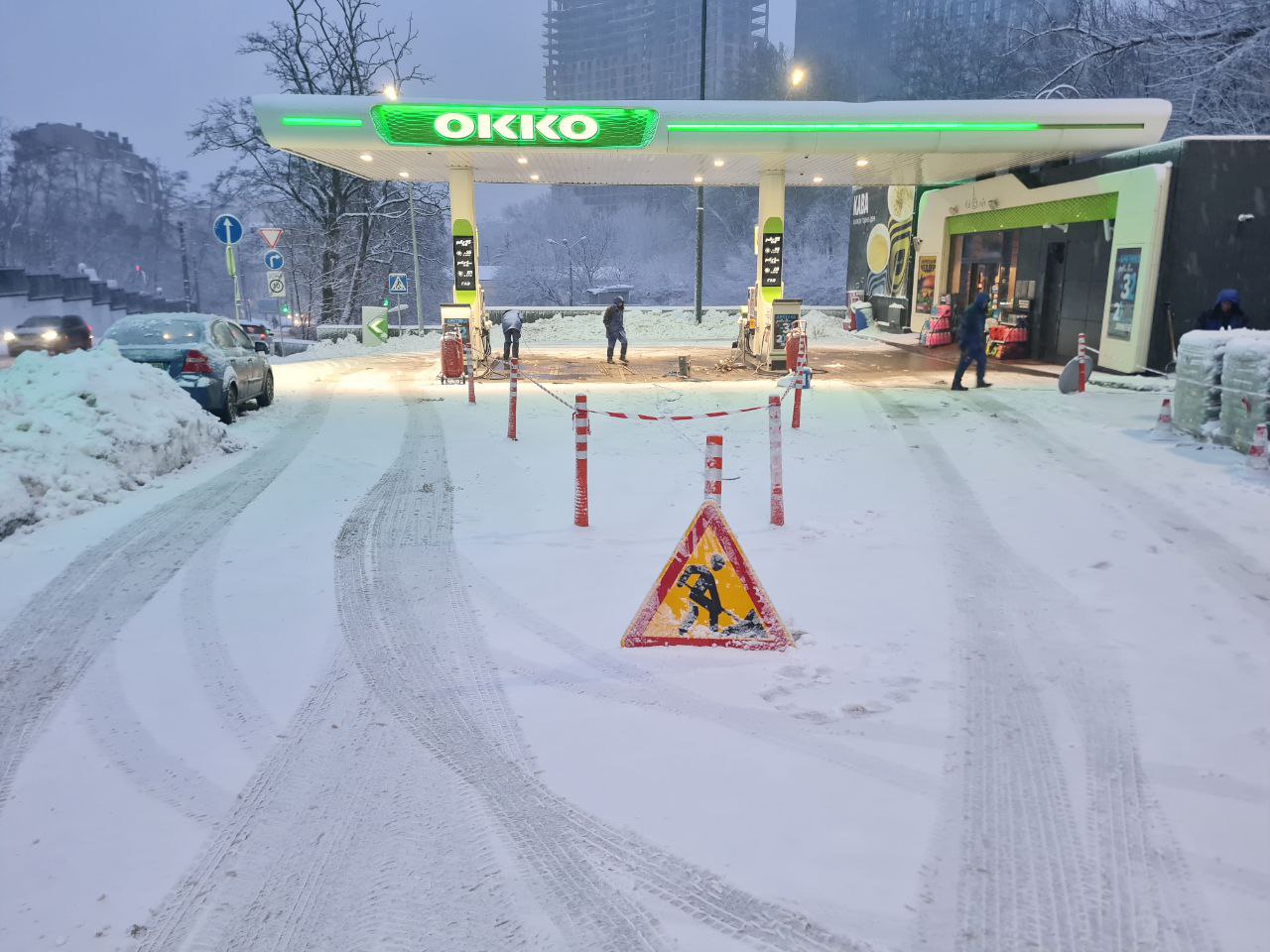
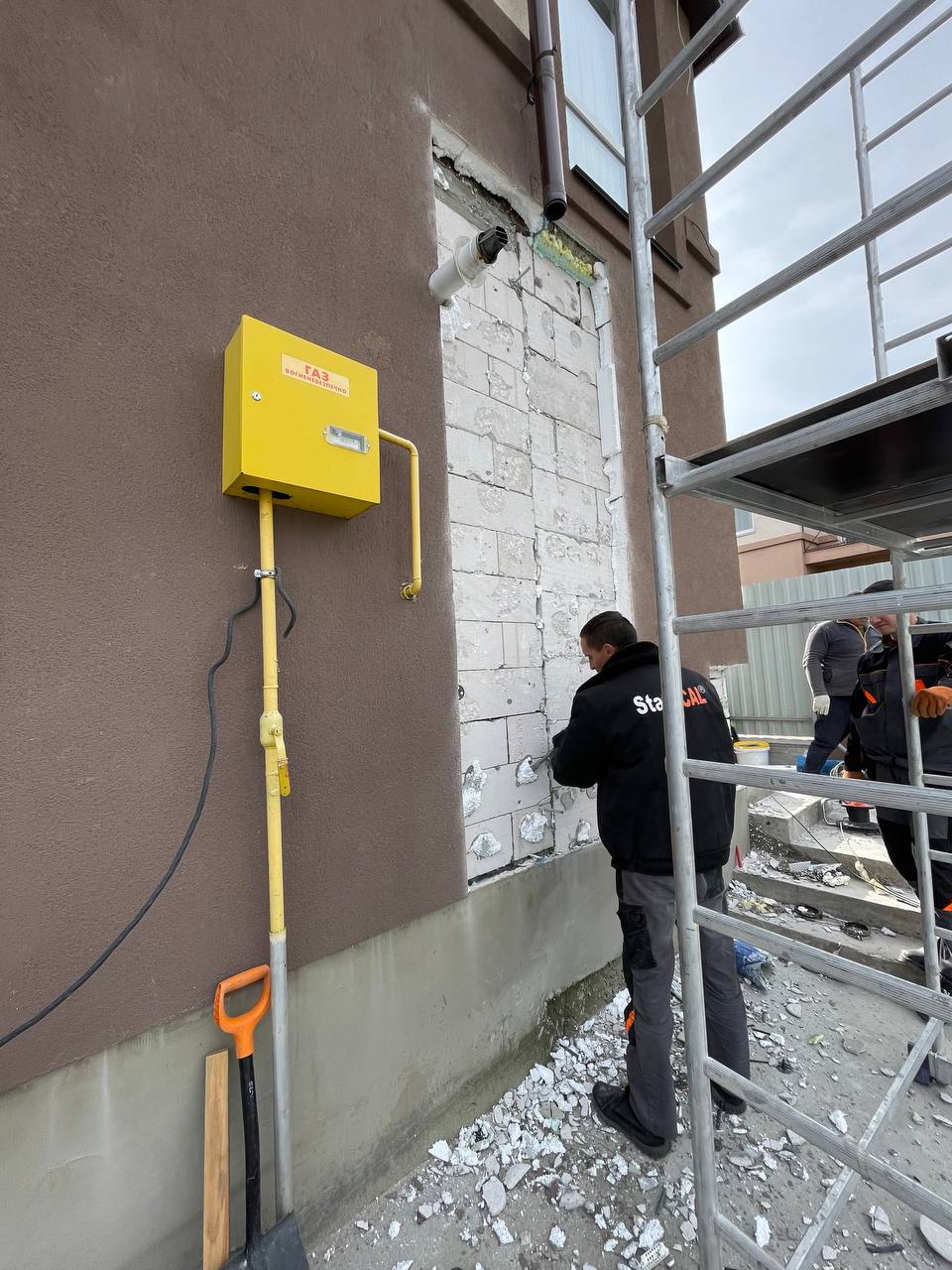

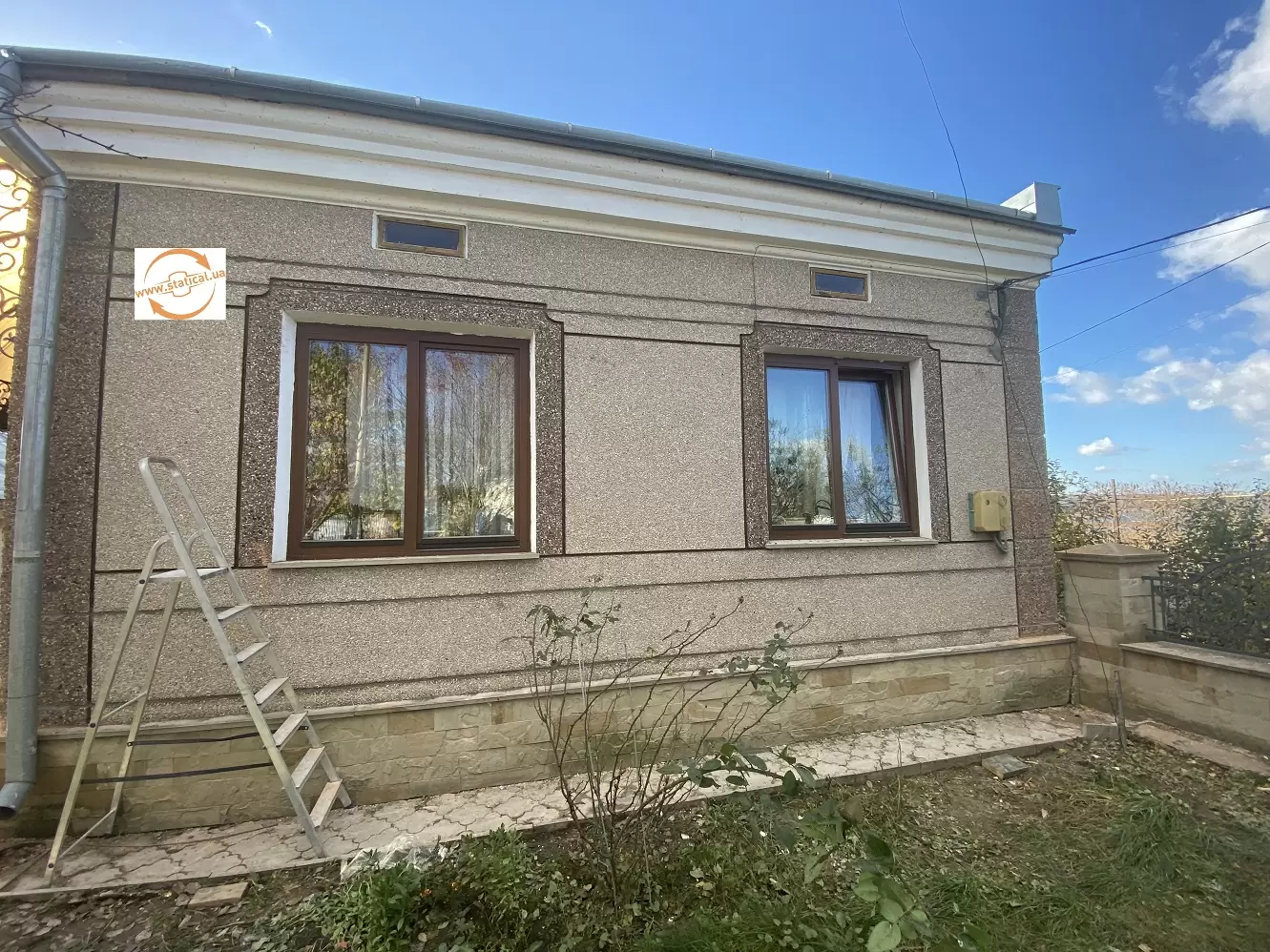
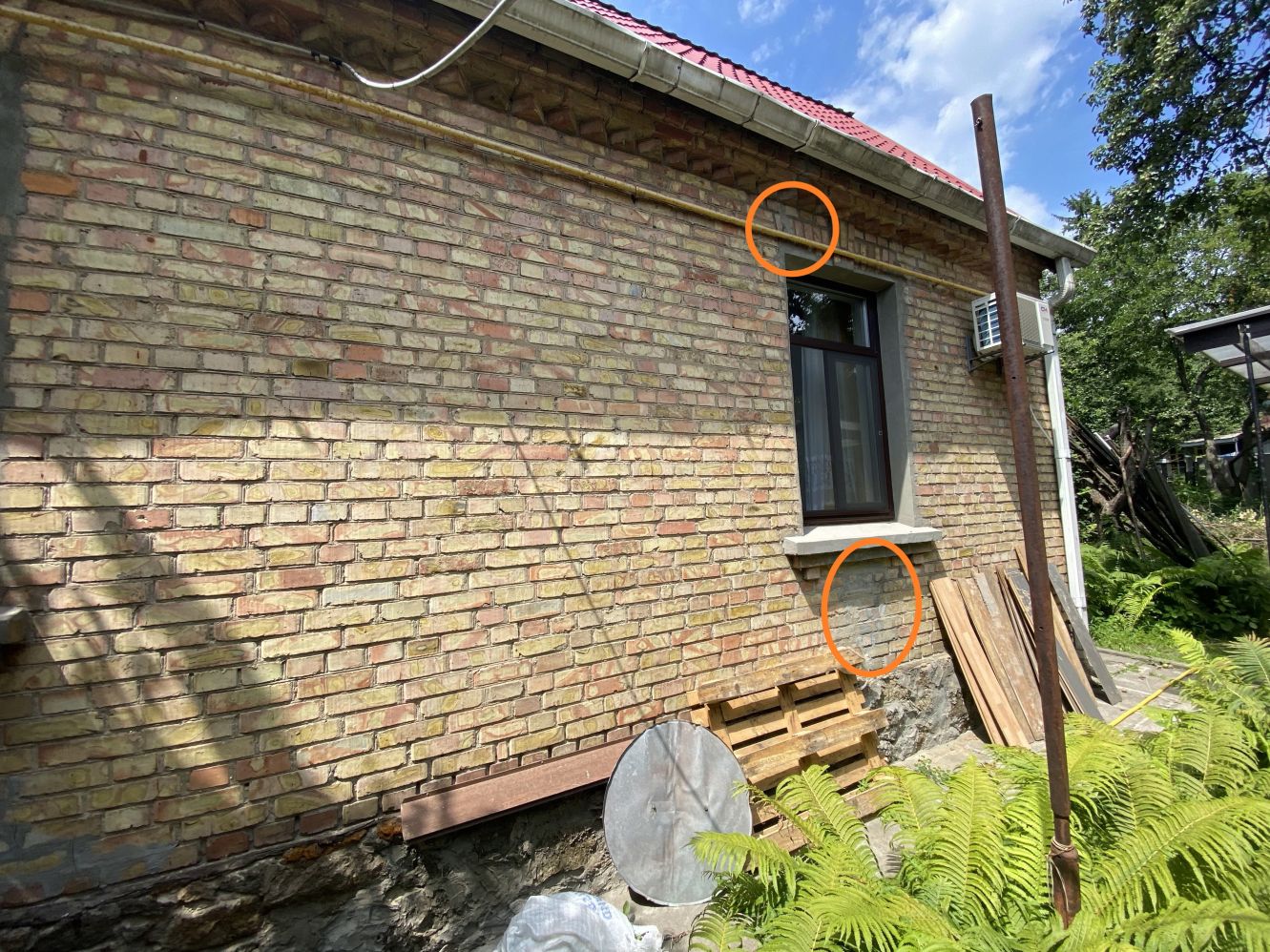
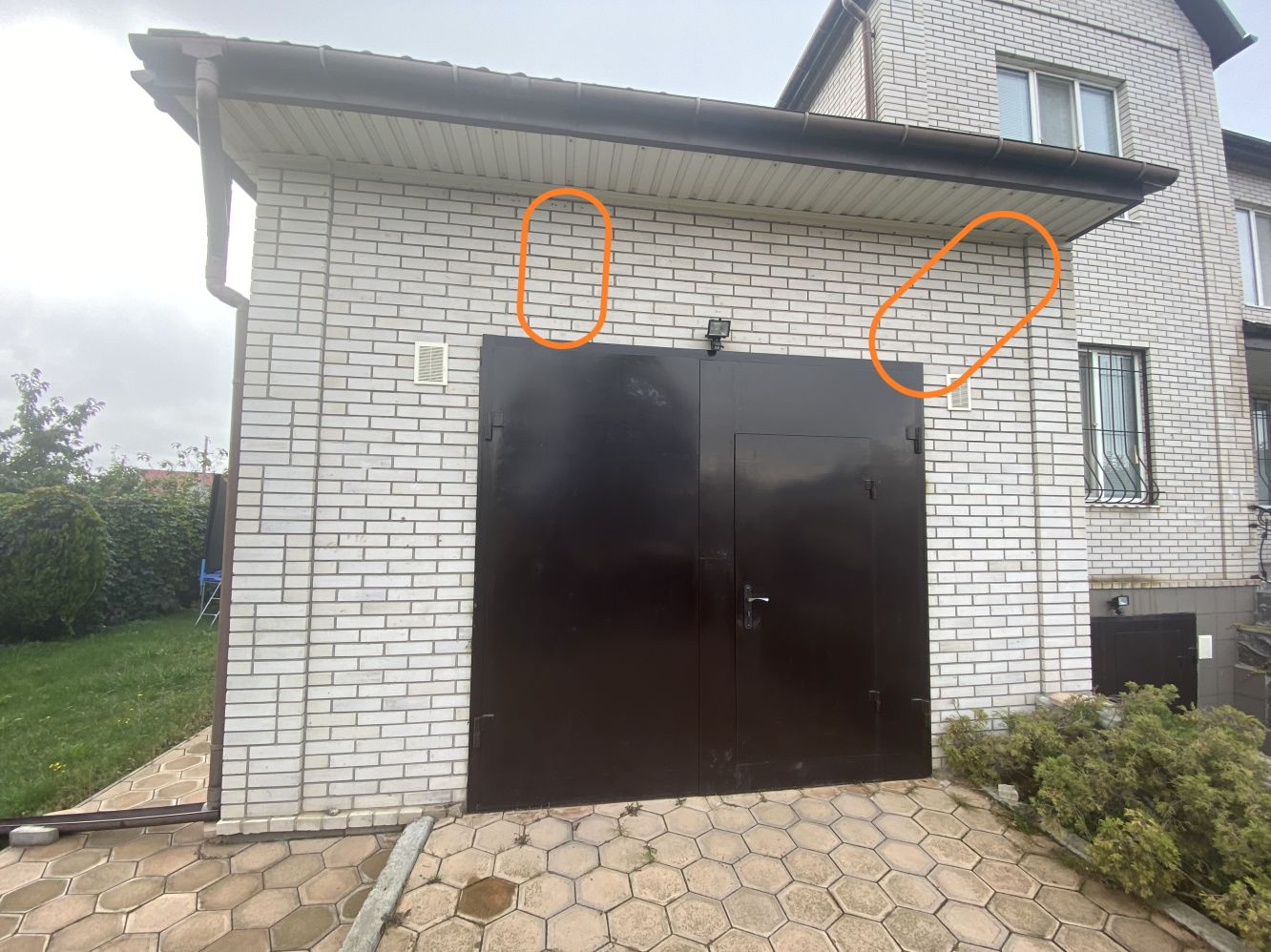
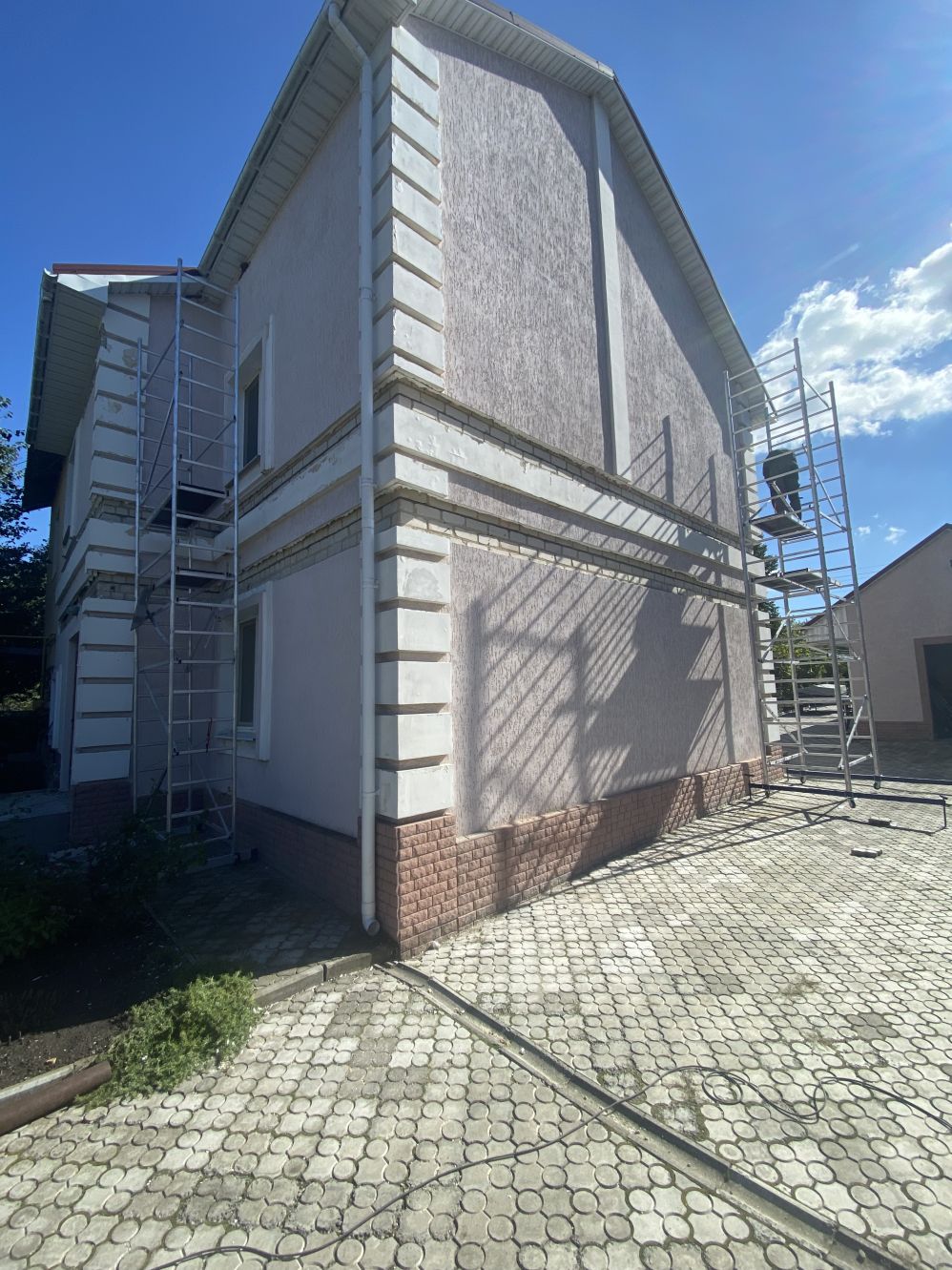
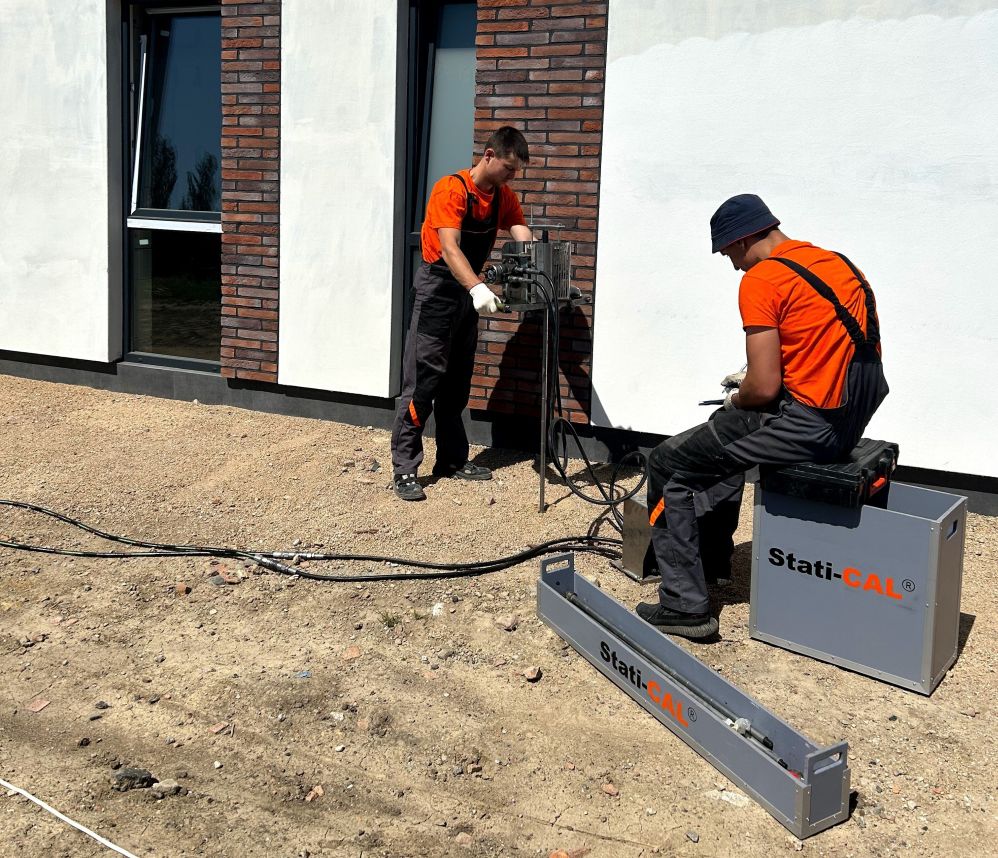
.jpg)